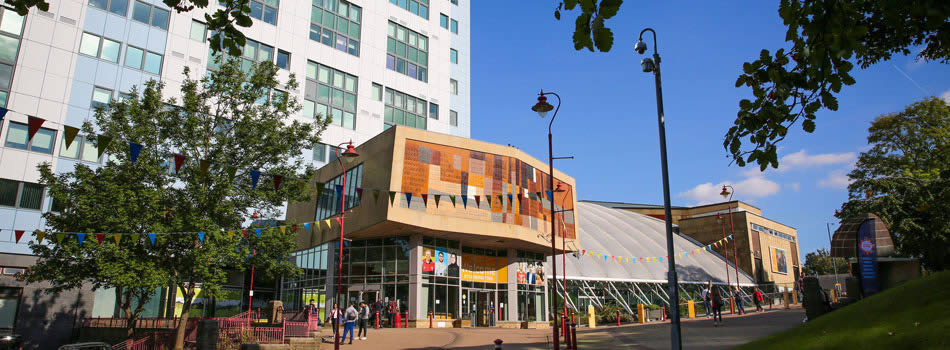About the Project
Non-healing chronic wounds present a significant clinical challenge. In Europe, the cost of wound management accounts for 2%–4% of the health care budget and the complications associated with impaired wound healing can have a significant, long-term effect on the morbidity, mortality, and quality of life for patients. The highest incidence of chronic wounds presents as venous leg ulcers in the elderly, pressure ulcers and diabetic foot ulcers (DFU). In the United Kingdom, approximately 3.5 million people have been diagnosed with diabetes mellitus, with a further estimated 1 million people not yet having had the condition clinically confirmed. By far the most common form of the disease is Type 2 diabetes, which is very strongly linked to obesity and a more sedentary lifestyle. It is thus likely that these numbers will continue to increase.
A number of different bacterial pathogens have been isolated from infected foot ulcers, but the two predominant species are the Gram negative Pseudomonas aeruginosa and the Gram positive staphylococcus aureus. Both species are able to form biofilms, complex communities of bacteria embedded in extracellular polysaccharides. The relative impermeability of biofilm to antimicrobial agents in itself makes these infections difficult to treat, and the bacteria are also protected from the innate immune system. Both P. aeruginosa and S. aureus utilise Quorum Sensing (QS), a cell density dependent process, to regulate gene expression and formation and maturation of biofilm. P aeruginosa has three QS systems, las, rhl and PQS which function in an interlinked network. In addition to controlling bacterial processes, it is known that both the secreted signal molecules of all three QS systems can interact with the host immune system, the rhl and las molecules having pro-inflammatory effects. Interaction with fibroblasts is also thought to occur, but the downstream effects of this are not fully understood.
Aims of the Project
1. Different in vitro human skin wound healing models will be established, including primary cell cultures and co-cultures, culture of fibroblasts on 3D nanoscaffolds, organ culture of full thickness skin and 3D skin equivalents to assess whether fibroblasts and bacterial cells can interact directly, using bacterial adherence assays.
2. Investigate the effects of secreted bacterial products both from biofilm and vegetative grown bacterial cultures on in vitro human skin wound healing models to establish how they may lead to a chonic wound environment using: (a) functional cell assays to quantitate a physiological response and (ii) using qRT-PCR and Western blotting to identify changes in cell signalling.
3. Senescent fibroblasts undergo profound alterations in gene expression giving rise to non-proliferating cells, that are still metabolically active, but display an altered senescent associated secretory phenotype (SASP). The ability of senescent fibroblasts to stimulate the proficiency of bacteria to form biofilms (and the rate at which this occurs) will be determined.
4. Quantify any impact of age and/or type 2 diabetes to support the ability of bacterial pathogens to form biofilms in a wound healing environment

 Continue with Facebook
Continue with Facebook


